Wood – is still the most popular and versatile building material for all occasions. Wooden fences are stylish and beautiful, practical and durable, and also completely eco-friendly. Wooden fences can fit into any yard, regardless of the house or landscape design. After all, classic is classic! The versatility of working with wood allows for various creative approaches, so feel free to share photos and ideas.
Advantages and Disadvantages of Wooden Fences
Compared to other materials, wood is a beautiful, natural, and relatively inexpensive option. Wooden fences are easy to install, requiring minimal tools and hardware, making them a viable DIY project for both large property enclosures and small local enclosures.
However, wooden fences require proper maintenance and are not as durable as metal or brick. Annual painting or coating with a protective finish is necessary, but the advantage is that damaged sections can be easily replaced without having to replace the entire structure.
Wooden fences are excellent for landscaping gardens, flower beds, or vegetable gardens, and they can be used to separate plant beds or create enclosures for animals. Depending on the construction technique, fences can be transparent, semi-transparent, or solid and decorative.
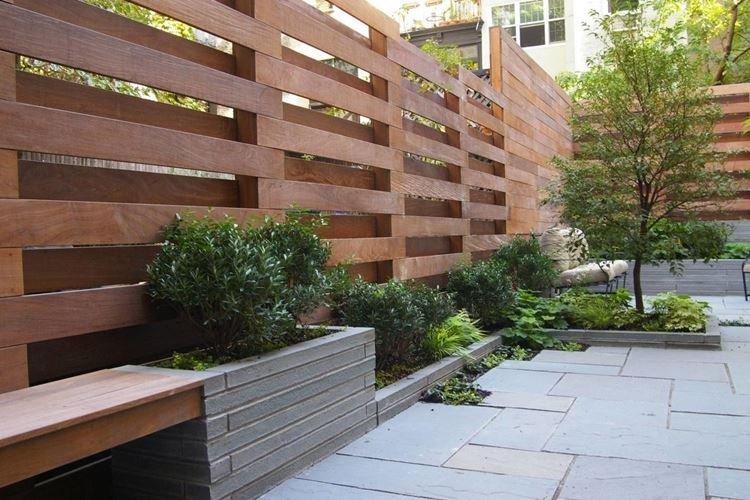
Treating Wood for Fences
To make a wooden fence last longer, the wood must be treated. Regardless of the type of fence you choose, protection against fungus, rot, and mold is always necessary. A lacquered layer protects against moisture and deters pests.
Wood can be decorated in any way desired by experimenting with colors, aging, or geometry. It blends well with stone, metal, brick, and other materials. Metal brackets and rods can be used to reinforce corners and complex structures.

If you prefer natural wood tones and texture, use stain or semi-transparent lacquer. This type of fence looks very noble and attractive. For bright colors, use special wood paints with protective properties to prevent cracking.
White fences look fresh, concise, and aesthetically pleasing, standing out as a bright spot against the greenery. If you want something more restrained and inconspicuous, choose brown, gray, and green shades. A black wooden fence is very stylish, while bright colors instantly create a festive summer atmosphere.

Wooden Fences – Photos and Ideas
Wooden fences have been used since prehistoric times, and they are still surprisingly good-looking today. There are now many more interesting designs and ideas, ranging from classic to whimsical interweaving of forms and sizes in modern style.
Picket Fence
Picket fences are perhaps the most versatile wooden fences in terms of simplicity and practicality. They look lighter and more elegant than a palisade, but still give a sense of privacy and enclosed space. For strong support, it is best to use metal pipes or thick beams.
Horizontal picket fences are more interesting than the classic vertical ones because they allow for experimentation with form. An interesting look is created by laying boards in the shape of a Christmas tree or in a checkerboard pattern. Otherwise, the principle of constructing such a wooden fence is the same. Distances between the boards provide ventilation, make the construction easier, and compensate for thermal expansion of the wood.

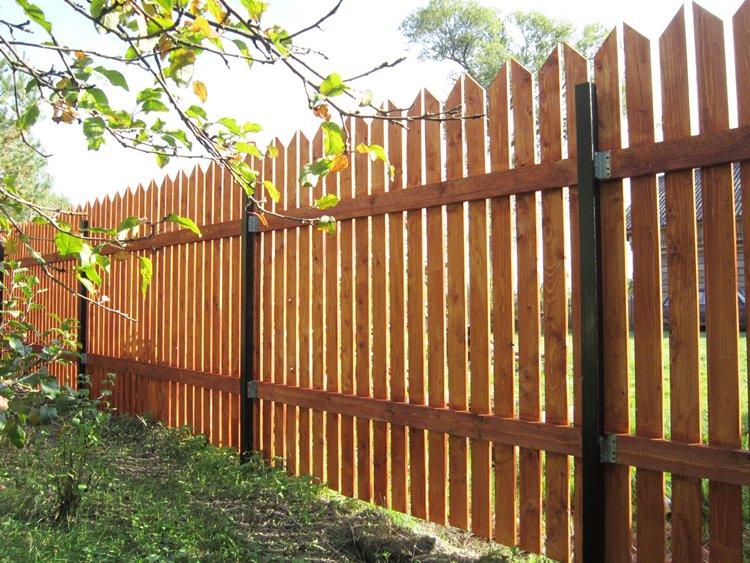





Classic
A classic wooden fence on a stone or brick foundation looks very cozy and solid. Wooden planks are mixed with stone or metal columns for stability. A good choice for fencing around a house made of logs or bricks.

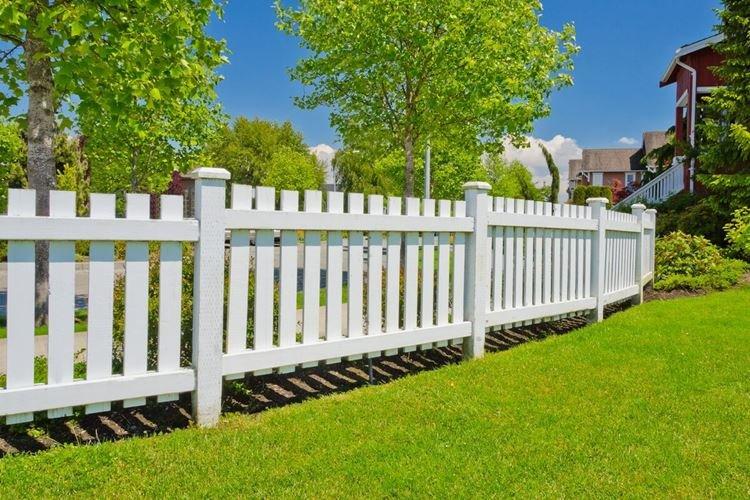






Woven Fence
Classic woven fences consist of thin branches and rods that weave around poles driven into the ground, which is their defining characteristic. In the past, this was the only option available to peasants. Now it is an impressive decorative solution that has regained popularity with the eco-trends and fashion for rustic eclecticism.


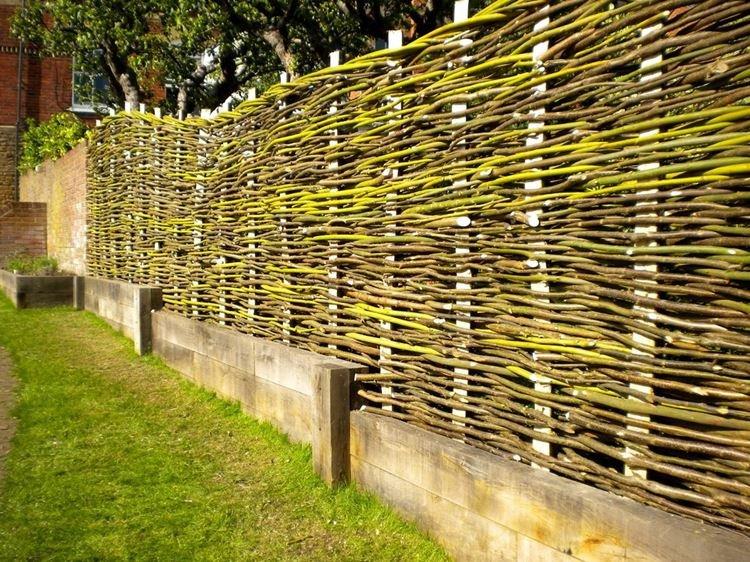


Lattice fences provide both reliable enclosures and lightweight structures. You can cover these fences with climbing plants or a grapevine to add extra charm. The quick and easy installation process results from the use of ready-made large sections.







Picket Fence
A picket fence, once used in defensive structures, is a simple and reliable type of fencing that is more durable than decorative fencing, and is suitable for enclosing an entire backyard. However, it’s worth noting that a picket fence without a foundation may begin to sag unevenly over time.
The name “picket fence” originates from its construction using sharpened stakes, which is a faster and more convenient option. Bamboo can be used to create an unconventional picket fence for flower beds or gardens. Additionally, a low decorative picket fence, shaped like colorful pencils, can be a perfect choice for fencing off children’s play areas.
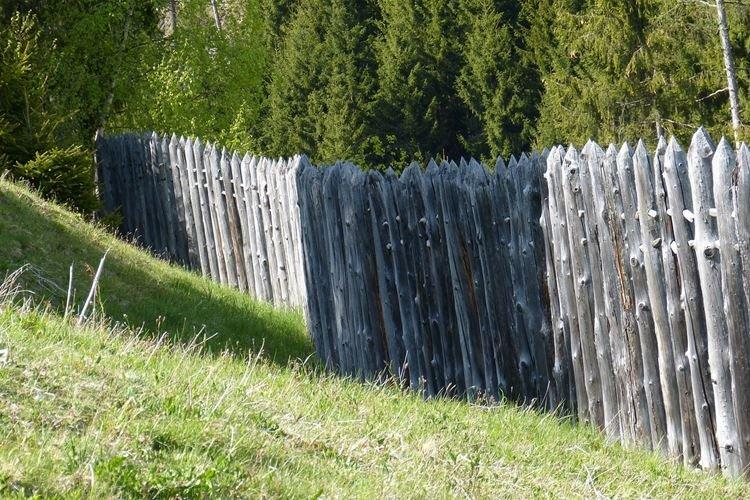




Ranch Fence
Wooden ranch-style fences came to us straight from American Westerns. The construction of the fence involves assembling a frame, similar to a wooden frame or log structure, often with diagonal crossbars. Following this, thin boards or poles are nailed onto the frame, but with wider intervals between them.

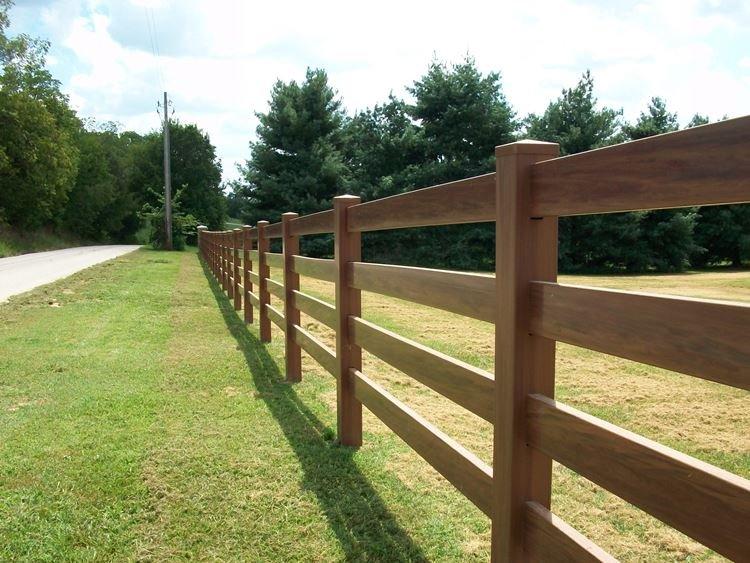

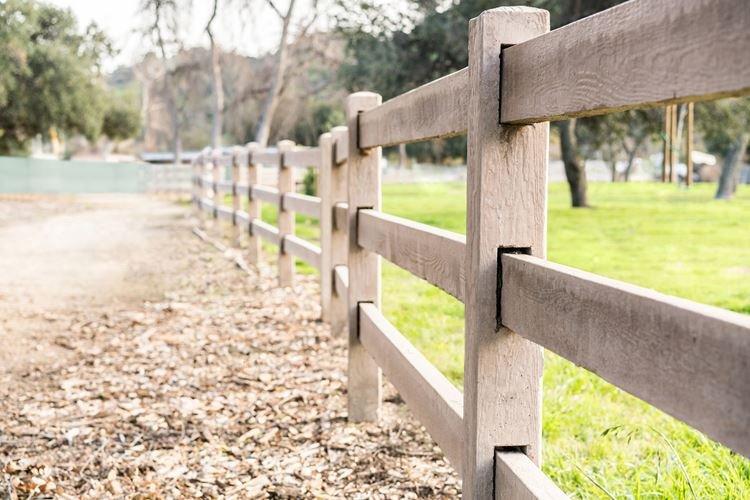




Christmas Tree Fence
A wooden Christmas tree fence is also called a “ladder” fence because the boards are placed close together but at an angle. From a distance, such a fence looks like a solid siding, but up close it looks much more impressive. This provides maximum privacy and good protection against curious eyes, road dust, and strong winds.






Combined Fence
Wood combines perfectly with other natural materials such as stone, brick, and metal. In modern exteriors, it harmonizes with concrete or glass. Such fences require a foundation and preparation, but they will become a stand-alone decoration for your yard.

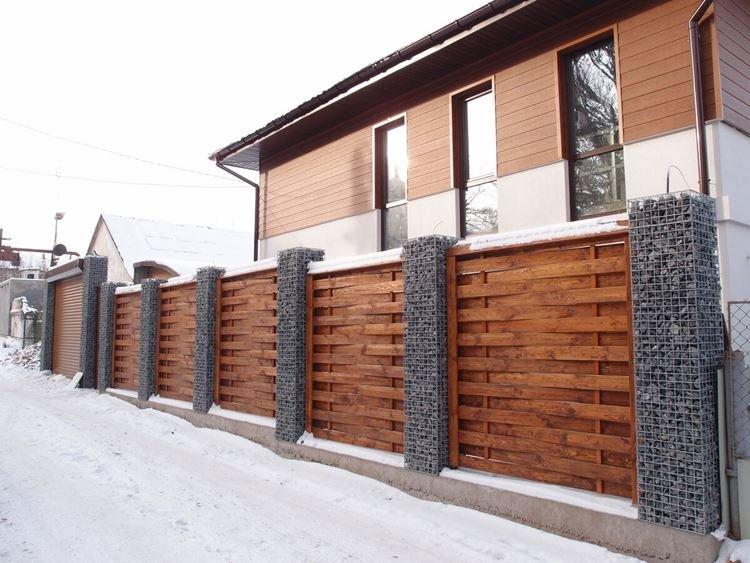


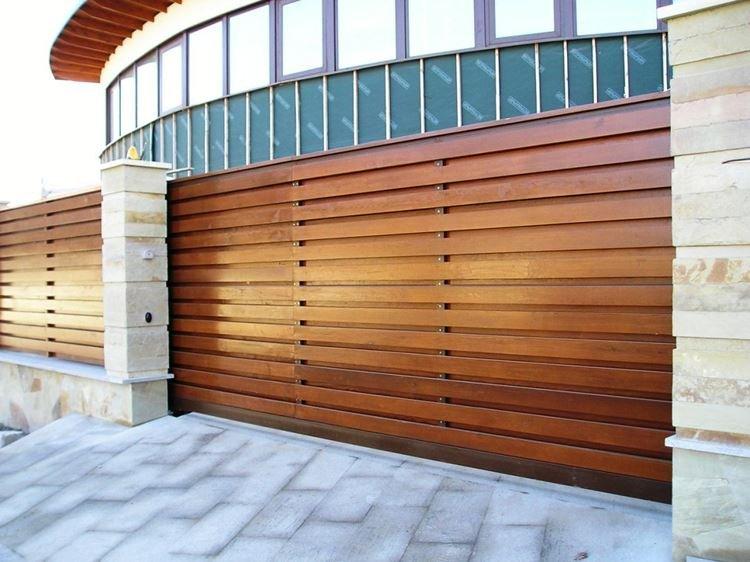






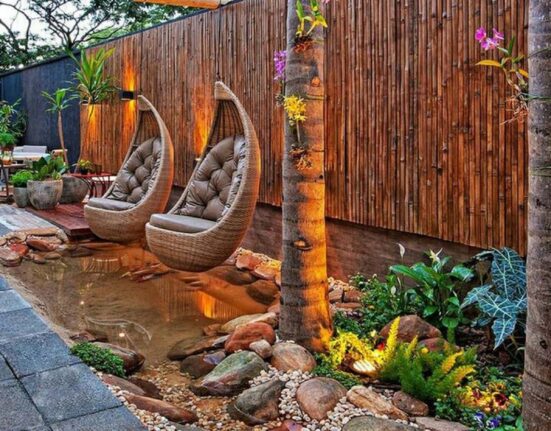

Leave feedback about this